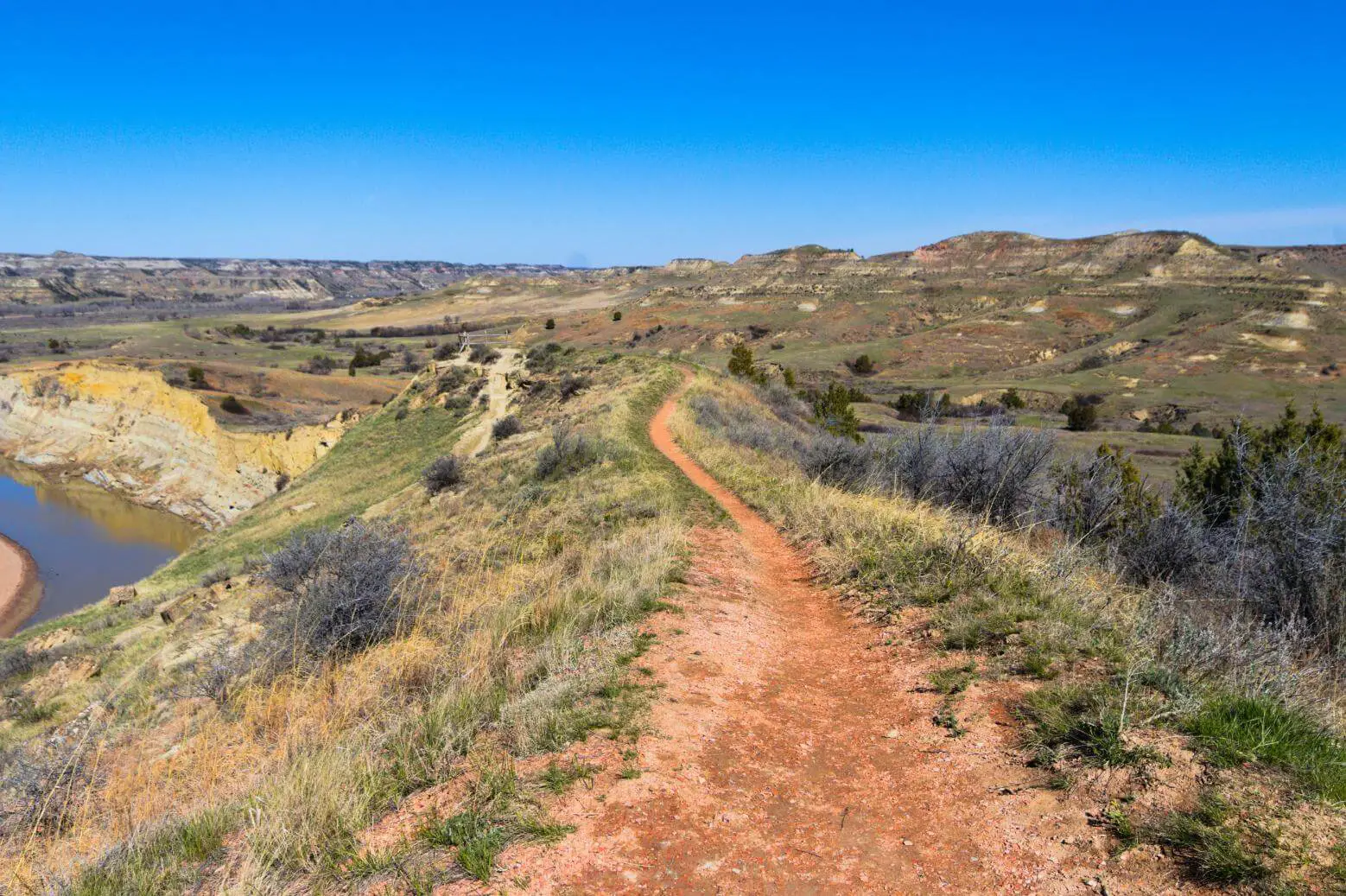
When Is the Best Time to Visit
Visiting North Dakota offers different experiences throughout the year, but the best time to go depends on what you’re looking to do. From late spring to early fall is generally the most pleasant period for outdoor activities.
Late Spring to Early Fall:
- Weather: Enjoy mild to warm temperatures, perfect for exploring.
- Activities: The state parks are in full swing, hiking trails are open, and the wildlife is active.
- Events: Catch popular festivals like the North Dakota State Fair in July.
Summer (June to August):
- Temperatures: Often reach into the 70s and 80s (°F).
- Daylight: Days are long, giving you more time to sightsee.
- Note: It can get quite hot, so bring sunscreen and stay hydrated.
Autumn (September to October):
- Scenery: Witness stunning fall foliage, especially vibrant in the state parks.
- Crowds: Fewer tourists mean you can enjoy attractions without long lines.
Here are some things to consider:
- Accommodation: Rates are often lower outside peak summer months.
- Early fall also offers a great balance of pleasant weather and thinner crowds.
Remember, the weather can change quickly, so pack layers and check forecasts. While summer can offer the most reliable weather, early fall provides a tranquil experience with nature’s colorful display.
When Is the Worst Time to Visit North Dakota
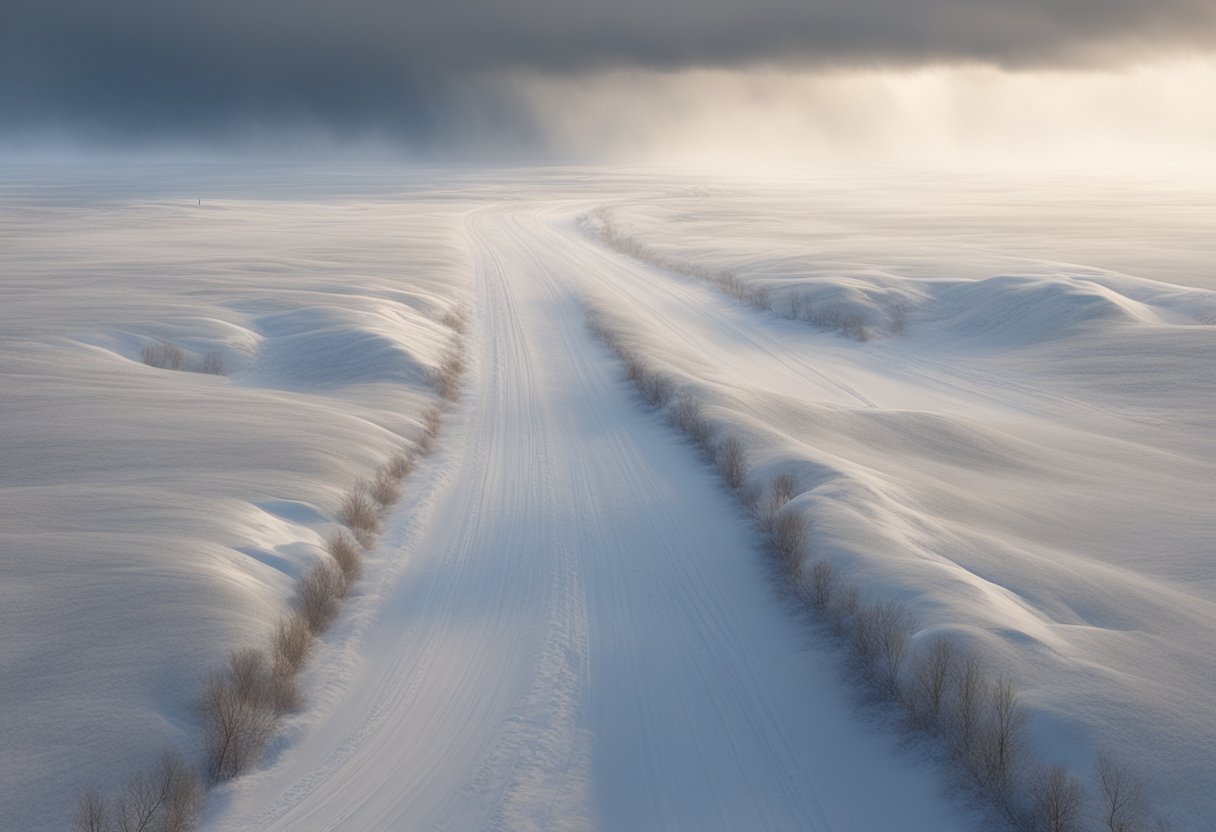
If you’re not a fan of extreme cold, you’ll want to skip visiting North Dakota in the heart of winter. January is usually the harshest month, with average low temperatures dipping to about -4°F (-20°C). Besides the bitter cold, you’ve got to contend with:
- Heavy Snowfall: Roads can be tricky to navigate.
- Limited Daylight: Shorter days mean less time for outdoor activities.
- Wind Chill: It feels even colder, especially with North Dakota’s strong winds.
Also, in Spring, specifically from March to May, you might want to reconsider your trip. This season is known for:
- Flooding: The melting snow raises water levels.
- Muddy Conditions: Makes hiking and nature walks less enjoyable.
Here’s a quick summary:
| Month | Issue |
|---|---|
| January | Extreme cold, heavy snow, limited daylight |
| March-May | Potential flooding, muddy trails |
Remember, this doesn’t mean North Dakota doesn’t have its charms during these months, but if you prefer more comfortable weather for your travels, these are times you might want to avoid.
The Cheapest Time to Visit
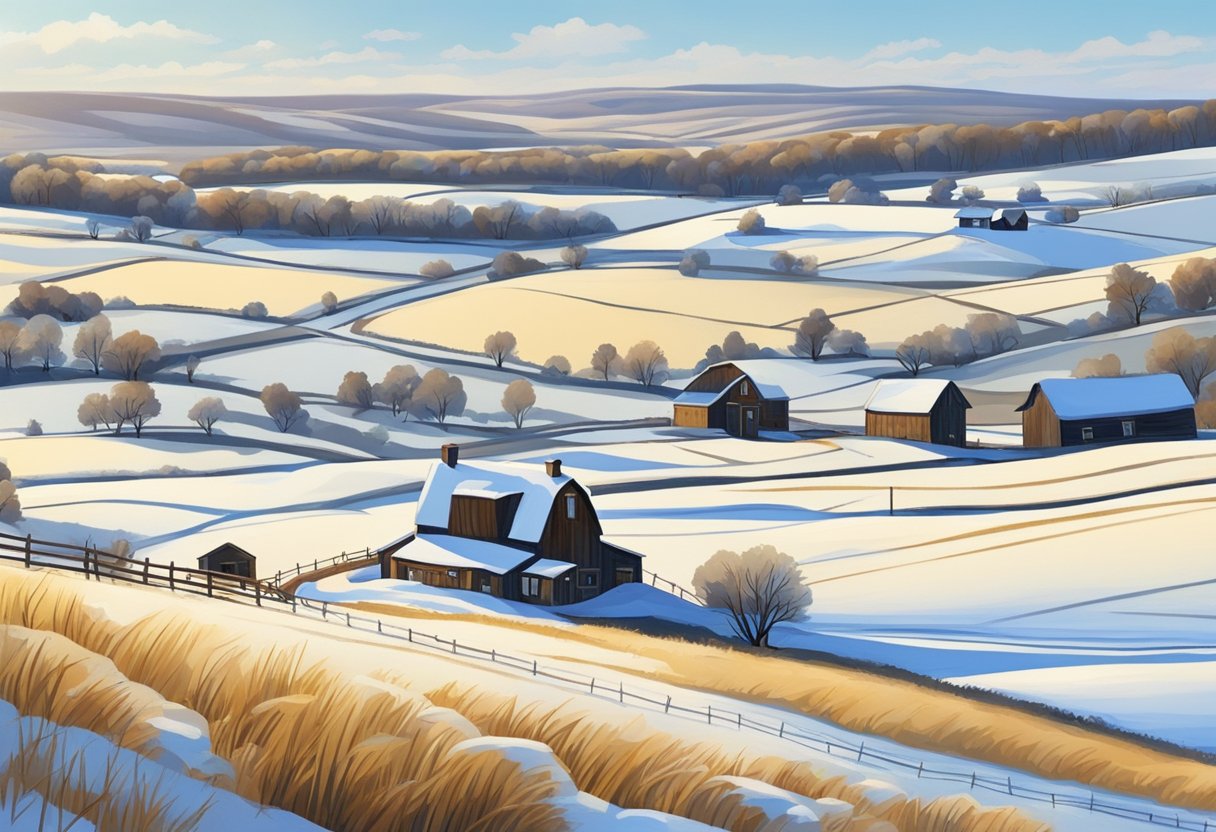
When you’re planning a trip to North Dakota, your budget is key. You’ll find the most wallet-friendly travel times are in the off-peak seasons which are spring and fall. During these times, the demand for accommodations and attractions drops, so prices tend to be more reasonable.
Spring (April to June)
- April: You might catch the tail end of cold weather but fewer tourists mean lower prices.
- May: Warmer weather starts setting in, and rates remain low.
- June: The onset of summer brings slightly higher prices, but still manages to stay below peak season rates.
Fall (September to November)
- September: As families return to their school routines, you’ll see a dip in prices.
- October: Cooler temperatures and colorful autumn leaves come with great deals.
- November: Just before the winter chill, November offers the cheapest hotel rates.
Travel Tips
- Book in advance: Especially for flights and hotels, to lock in good prices.
- Weekdays over weekends: Rates on hotels and some attractions might be lower from Monday to Thursday.
Shoulder Season Benefits
In spring and fall, not only do you save money, but you’ll also enjoy your visit with fewer crowds and mild weather, which is perfect for outdoor activities like hiking or fishing.
Remember to check for any local events that might affect accommodation prices, as sometimes a local festival or event can cause brief spikes in cost. Keep an eye out for online deals and discount packages during these months too.
Off-Season: Least Busy Time to Visit
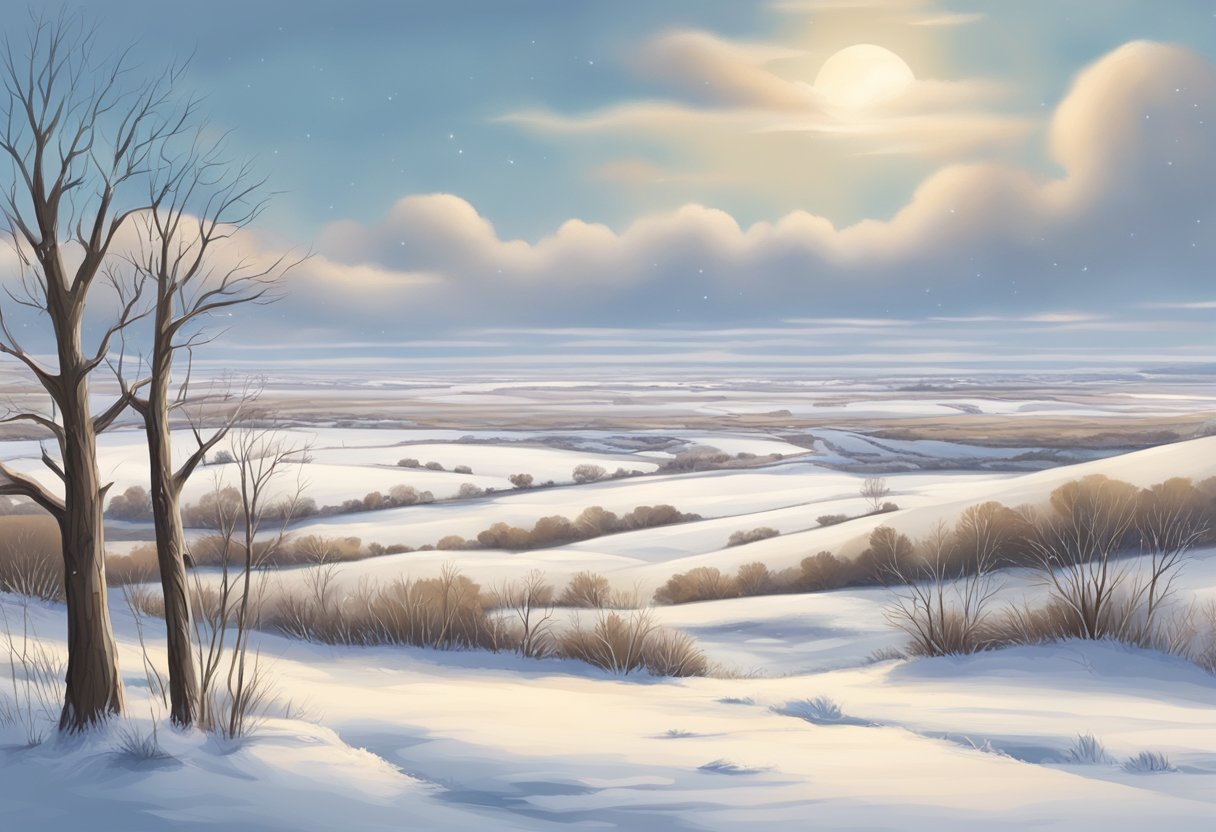
If you’re looking to avoid the crowds in North Dakota, your best bet is to visit during the off-season. Learn when you’ll experience fewer tourists and what to expect weather-wise during these times.
When to Go
- Late Fall: October to November
- Winter: December to February
- Early Spring: March to April
What to Expect
Weather
Expect chillier temperatures, especially in winter. You’ll want to pack plenty of warm clothing.
Accessibility
Some attractions might have limited hours or be closed, so check ahead.
Lodging
Prices for hotels can be lower, making it easier on your wallet.
Pros & Cons
Pros
- Smaller crowds mean more peaceful visits to attractions.
- You’ll have a good amount of privacy and space.
Cons
- Colder weather, which might limit your outdoor activities.
- You might have to deal with snow and ice, particularly if you’re driving.
Wildlife & Scenery
Wildlife: Birds migrating south can be seen in late fall.
Scenery: Winter snow provides beautiful landscapes, but be prepared for chilly walks.
By visiting North Dakota during these less popular months, you can enjoy a laid-back experience and sometimes a unique perspective on this diverse state. Just be prepared for the colder weather and altered schedules of some attractions!
The Most Expensive Time to Visit
When you’re planning a trip to North Dakota, summertime, specifically June through August, is generally the most expensive period to visit. During these warmer months, tourist attractions are in full swing and demand for accommodations can drive up prices.
- Hotel Prices: Expect to pay more for your stay. Vacation rentals and hotels often raise their rates due to the high demand.
- Airfare: Flight costs can be higher, especially close to holidays like the Fourth of July.
- Car Rentals: With more tourists around, rental cars may be pricier and harder to book.
Local Events: Summer festivals and fairs are abundant and can also contribute to higher costs. Here’s what impacts your wallet:
| Event | Potential Cost Increase |
|---|---|
| North Dakota State Fair | + Hotel Rates |
| Medora Musical | + Ticket and Hotel Rates |
| Fargo AirSho | + Airfare and Stay |
| United Tribes International Powwow | + Local Services |
Tips to Save:
- Book well in advance.
- Look for package deals.
- Consider staying a bit outside popular areas.
If you’re set on summer fun in North Dakota, just be prepared for these peak prices. Keep an eye out for discounts, and you might snag a deal to ease the strain on your wallet.
Hottest Months
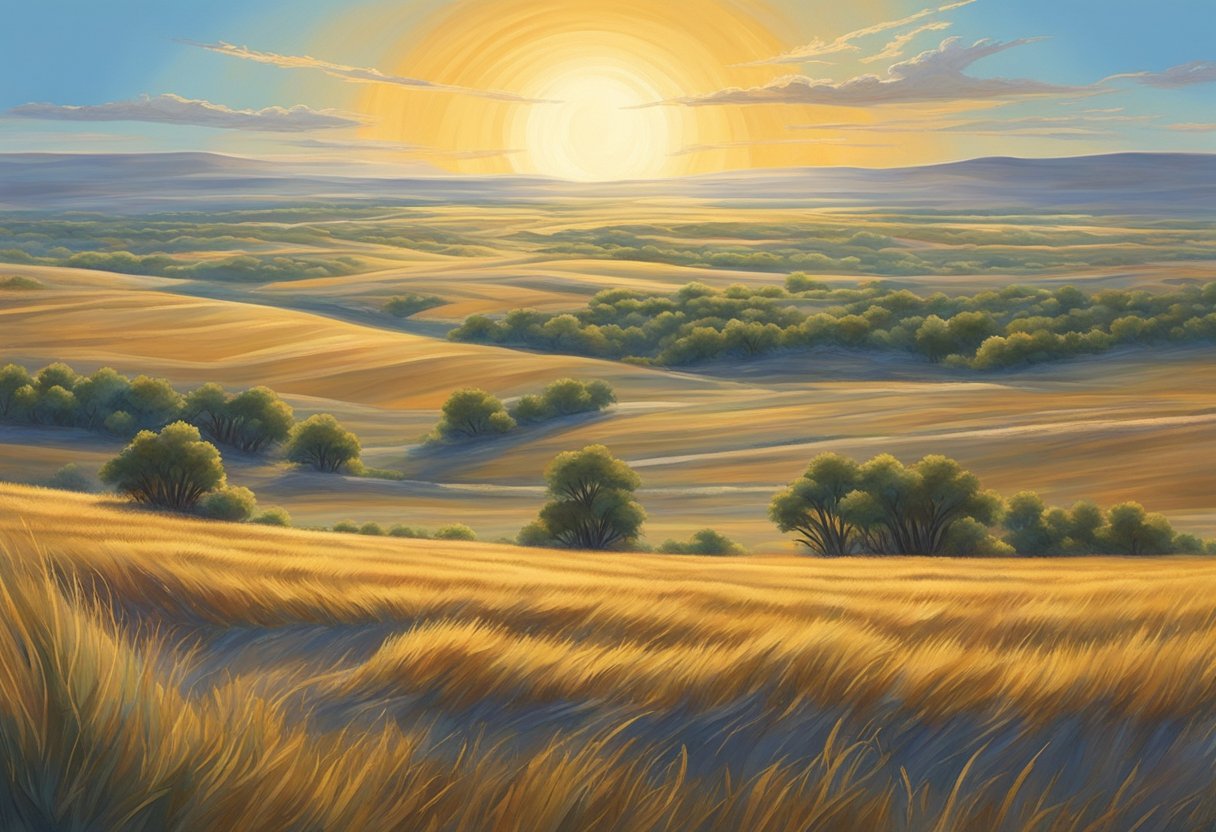
In North Dakota, you’ll experience the warmest weather during the peak summer months. July is often the hottest, with average high temperatures hovering around 85°F (29°C). June and August are close followers, typically reaching highs of 78°F (26°C) and 82°F (28°C), respectively.
Be ready for some heat during these months! It’s not unusual to see the mercury climb even higher on certain days, with occasional spikes into the 90s°F (32-37°C). If you’re visiting during this time, it’s a good idea to pack light clothing, sunscreen, and a water bottle to stay hydrated.
Here’s a breakdown of average high temperatures in the hottest months:
- June: 78°F (26°C)
- July: 85°F (29°C)
- August: 82°F (28°C)
Remember, these are just averages. It’s possible for some days to be significantly hotter or even cooler. Checking the local weather forecast before your trip is always a smart move. If you’re looking to explore outdoor attractions, early mornings or late afternoons are more comfortable, as the heat can be less intense than the midday sun.
Coldest Months

In North Dakota, you’ll find January and February to be the chilliest. During these months, average high temperatures hardly climb above freezing, and nighttime lows often dip well below 0°F.
Average Temperatures:
- January: Highs of 15°F / Lows of -4°F
- February: Highs of 18°F / Lows of -2°F
You should be aware of frequent snowfall and harsh winds, which can create blizzard conditions.
Snowfall:
- January: Around 13 inches
- February: About 9 inches
To make your visit bearable, dress in layers with a thick coat, insulated boots, gloves, and a hat. Your car should be winter-ready with emergency supplies.
Expected daylight is shorter, with just 8 to 9 hours.
Quick Tips for Managing the Cold:
- Stay updated on weather forecasts
- Keep your vehicle’s gas tank at least half full
- Have extra blankets and warm drinks handy
- Always tell someone your travel plans
Month-By-Month Weather
January: You’ll find that it’s freezing with lots of snow. Temperatures often drop below 0°F.
- February: Still very cold, maybe a bit warmer than January, but don’t ditch your heavy coat just yet.
March: It starts to warm up, but you’ll see a mix of late snowstorms and the beginning of spring temperatures.
- April: Spring is here! Expect the snow to melt and the temperatures to range from 30°F to 50°F.
May: You’re in for lots of greenery and mild weather. Nights can still be chilly, but days can reach up to 70°F.
- June: Hello, summer! It’s warm now with temperatures between 70°F and 80°F, perfect for outdoor activities.
July: The hottest month! You might face highs of 85°F+, so keep your sunscreen ready.
- August: Still hot, and at times humid, but the nights start to cool off a bit towards the end.
September: Fall begins, and you’ll notice cooler temperatures especially at night. Daytime is still quite pleasant.
- October: The leaves change and so does the weather. It gets chillier with highs around 50°F-60°F.
November: Winter is knocking. It’s cold, and you’ll start seeing snow towards the end of the month.
- December: Bundle up! It’s back to heavy coats and snow. Expect temperatures to be similar to January.
Frequently Asked Questions
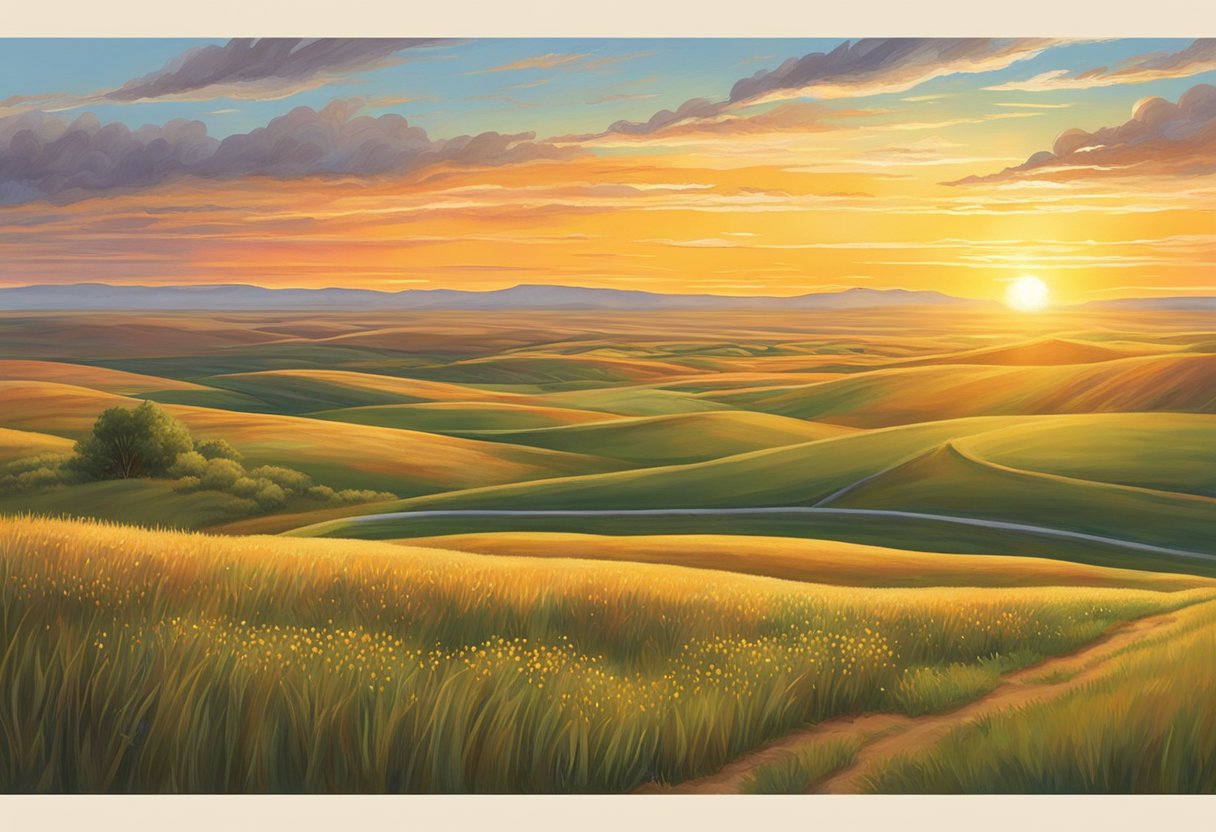
When planning a trip to North Dakota, knowing the seasonal weather patterns is key to ensuring you have a pleasant experience.
What’s the coziest time of the year to explore North Dakota?
The coziest time to visit North Dakota is usually during the late spring to early fall months, from May through October, when the weather is warm and enjoyable for outdoor activities.
How chilly does it get in North Dakota during winter?
Winter in North Dakota is quite cold, with temperatures often dropping below 0°F (-18°C), especially in January, which is typically the coldest month.
When can I catch the sunniest vibes in North Dakota?
For the sunniest weather, aim for the stretch between July and August. These are the months you’ll find the most sunny and clear days.
What month do I need to pack an umbrella for a North Dakota trip?
The wettest month in North Dakota tends to be June, so bring an umbrella if you’re visiting then, as rainfall is higher compared to other months.
Seeking the top sight in North Dakota – any suggestions?
Theodore Roosevelt National Park is a top sight to see, offering breathtaking landscapes that showcase the state’s natural beauty.
What’s the deal with North Dakota weather throughout the year?
North Dakota experiences four distinct seasons: very cold, snowy winters, warm summers, and transitional springs and autumns that can be both mild and unpredictable.
